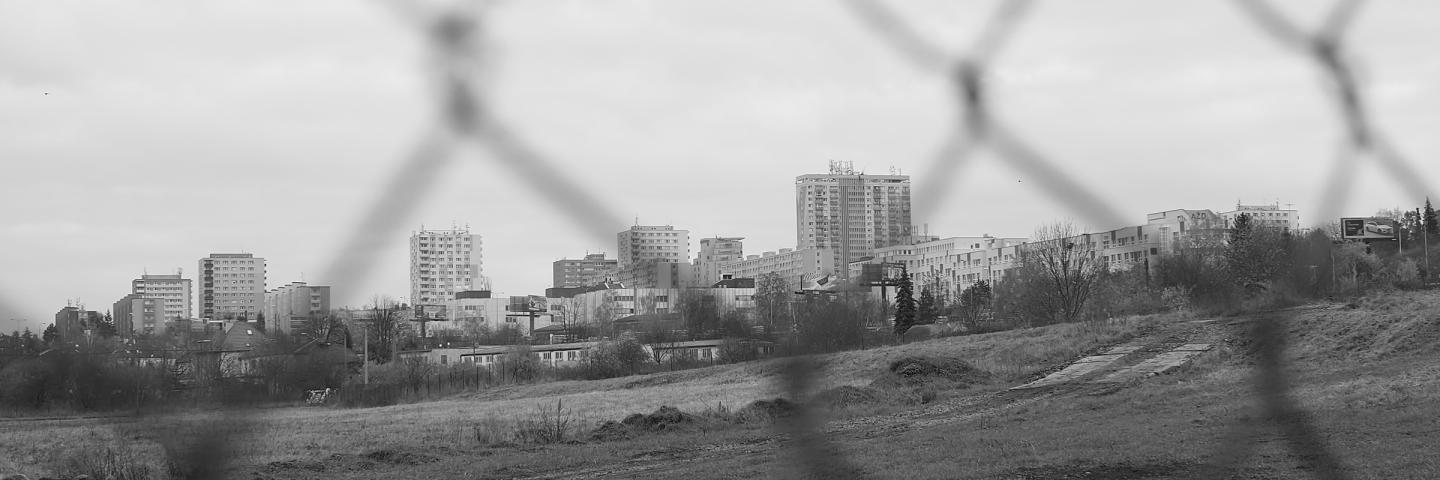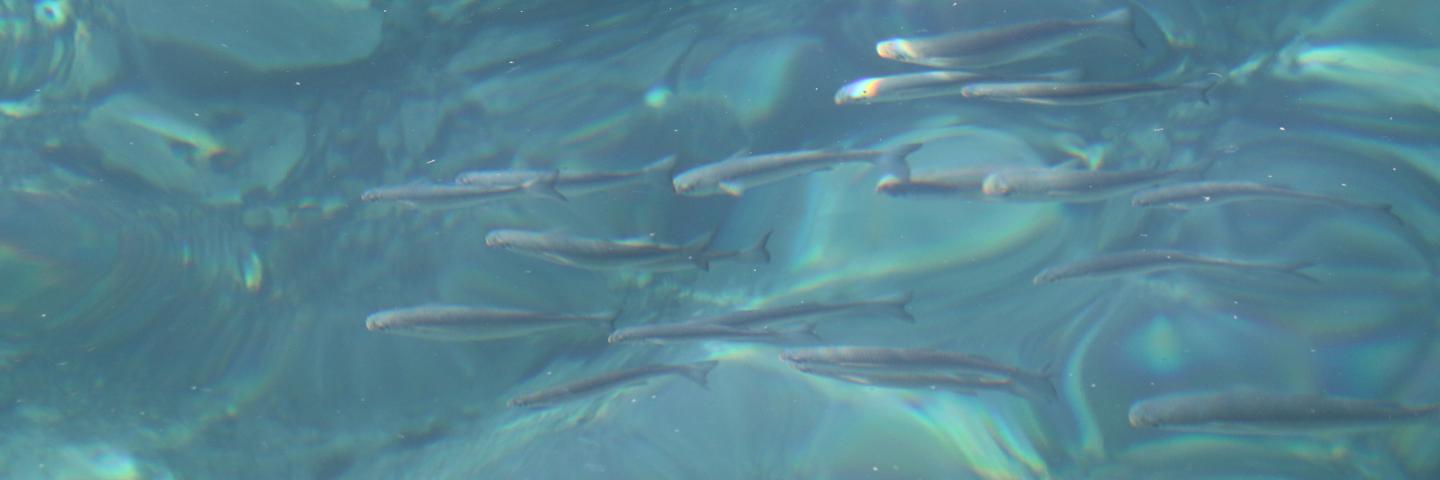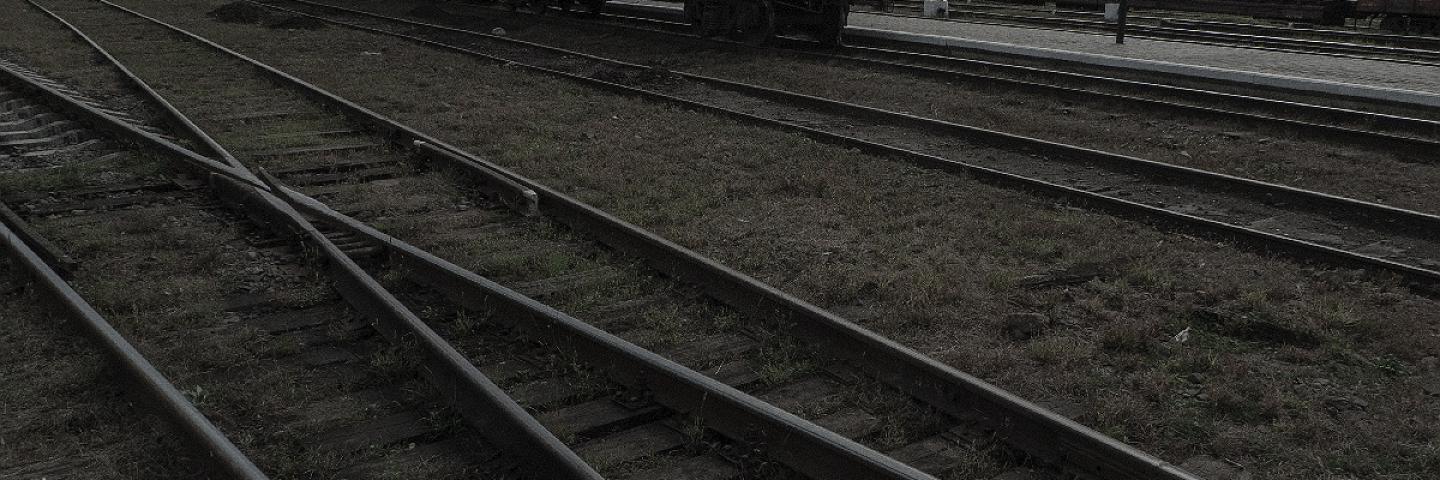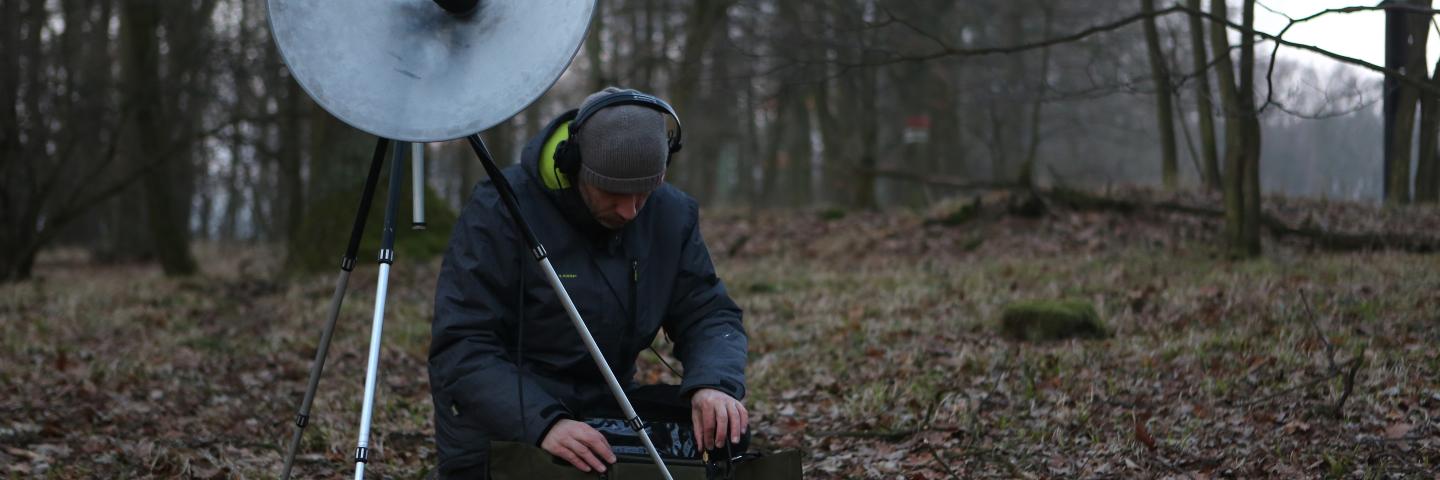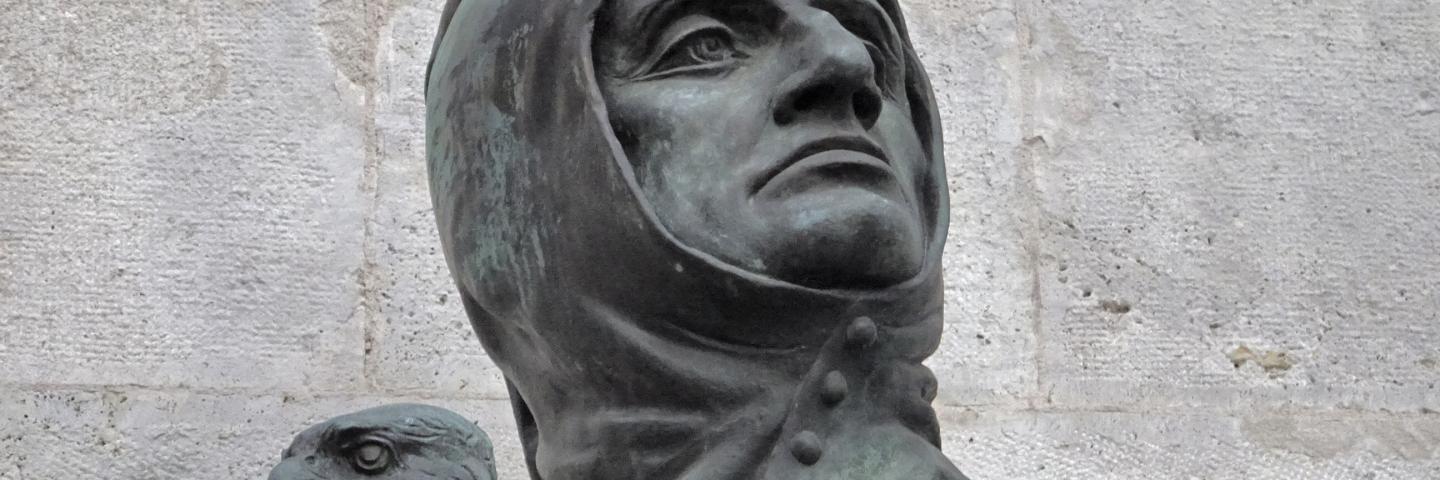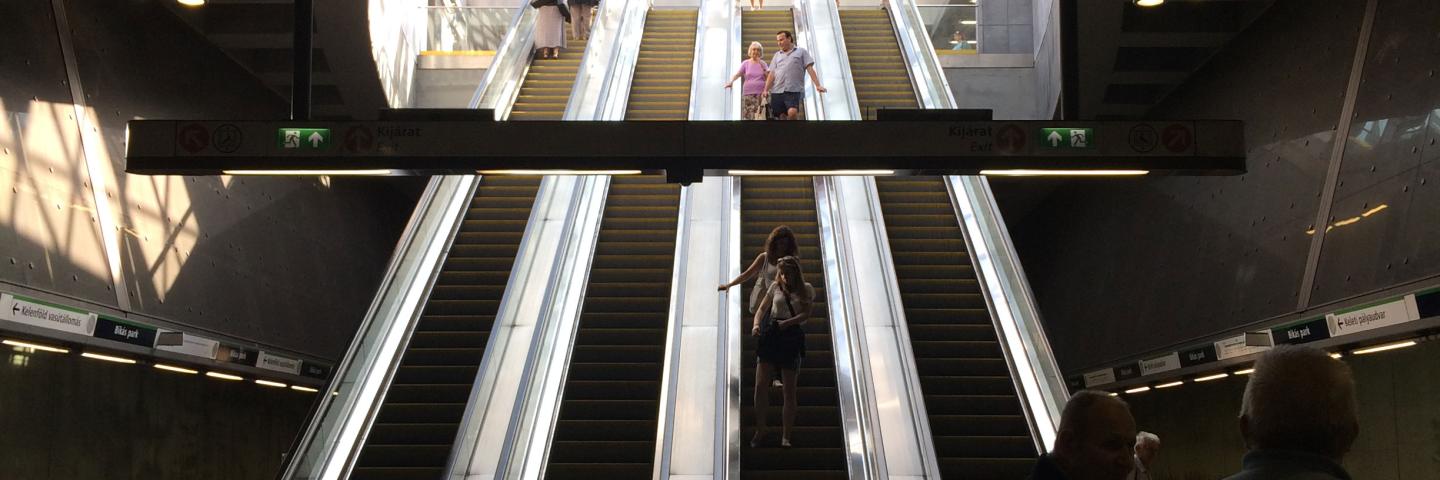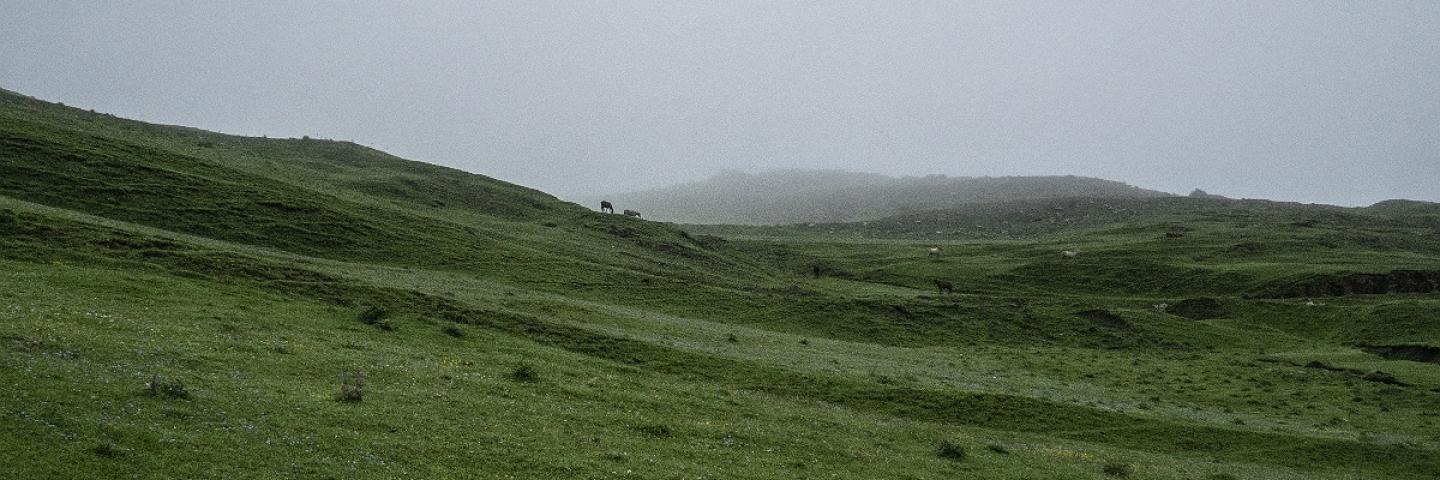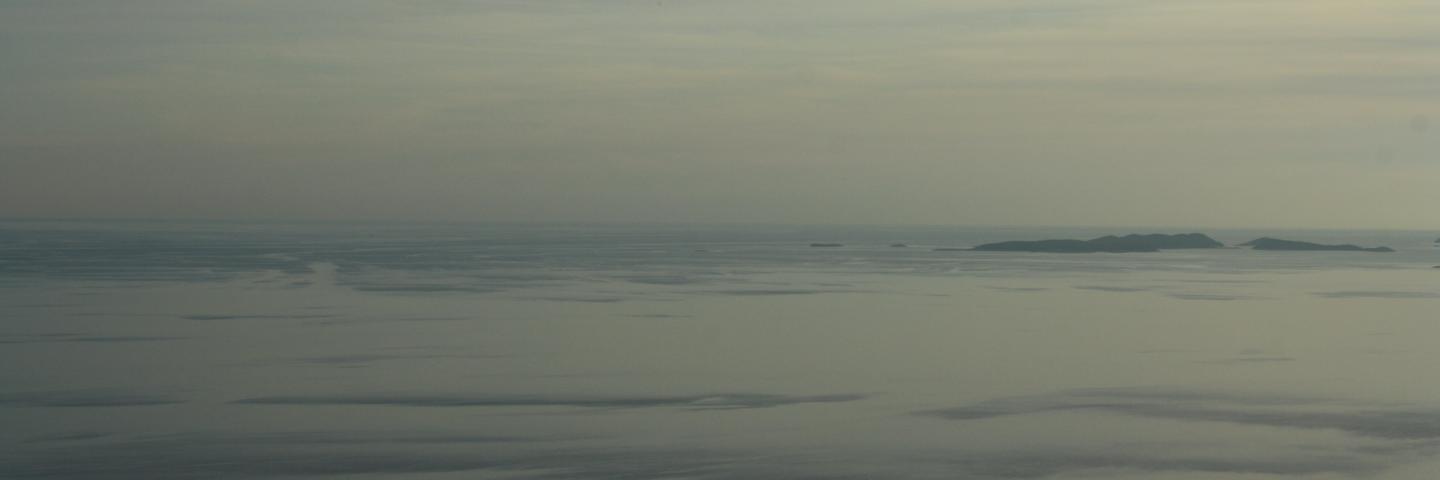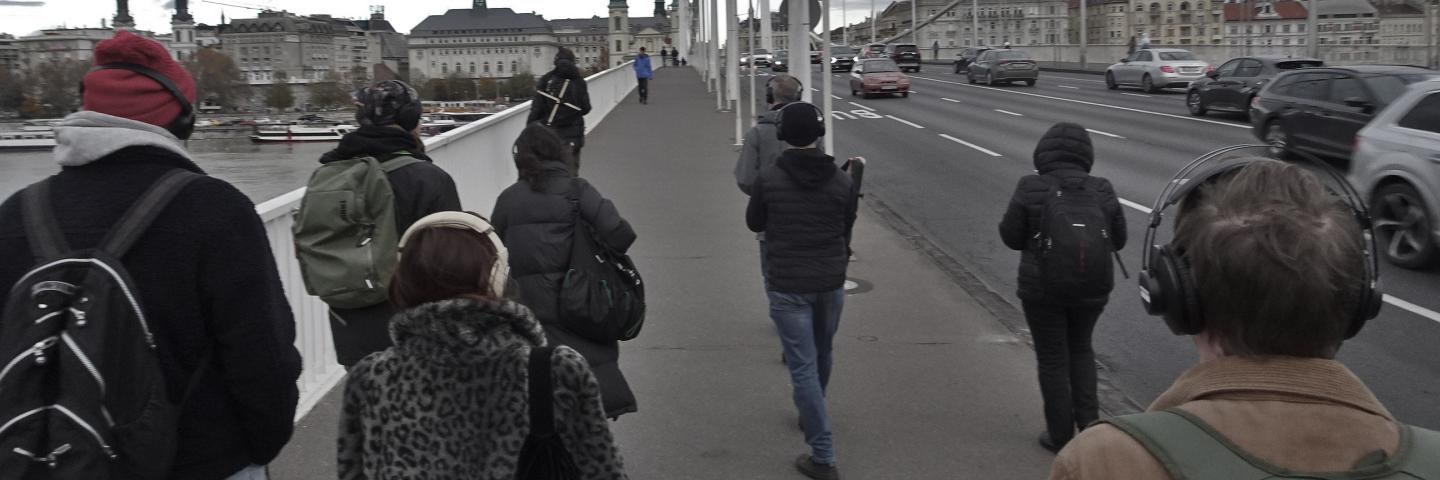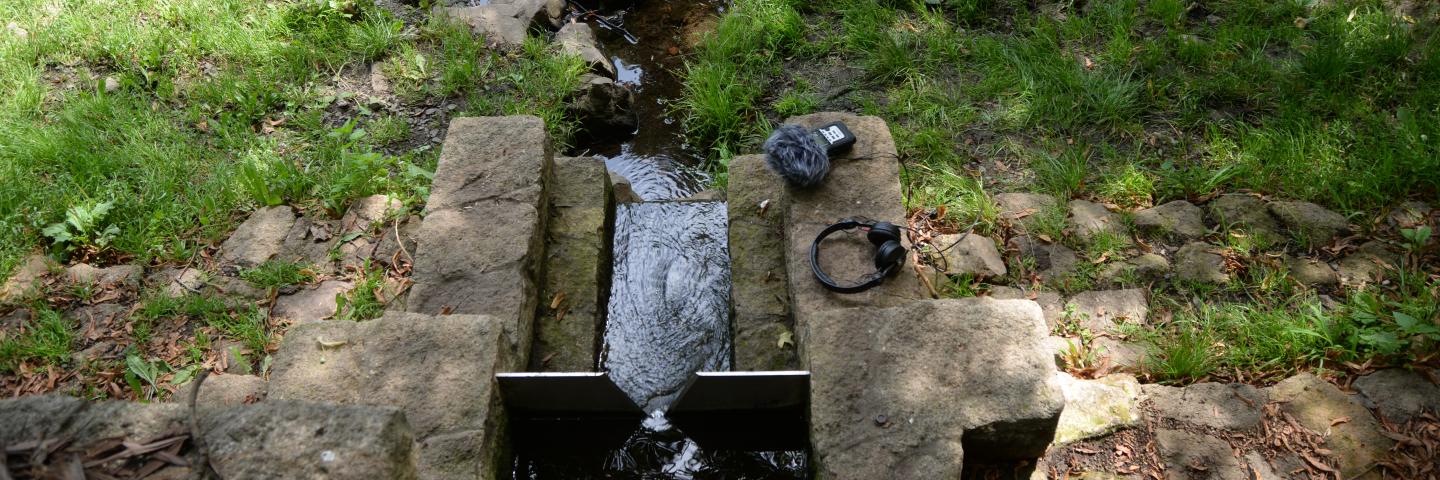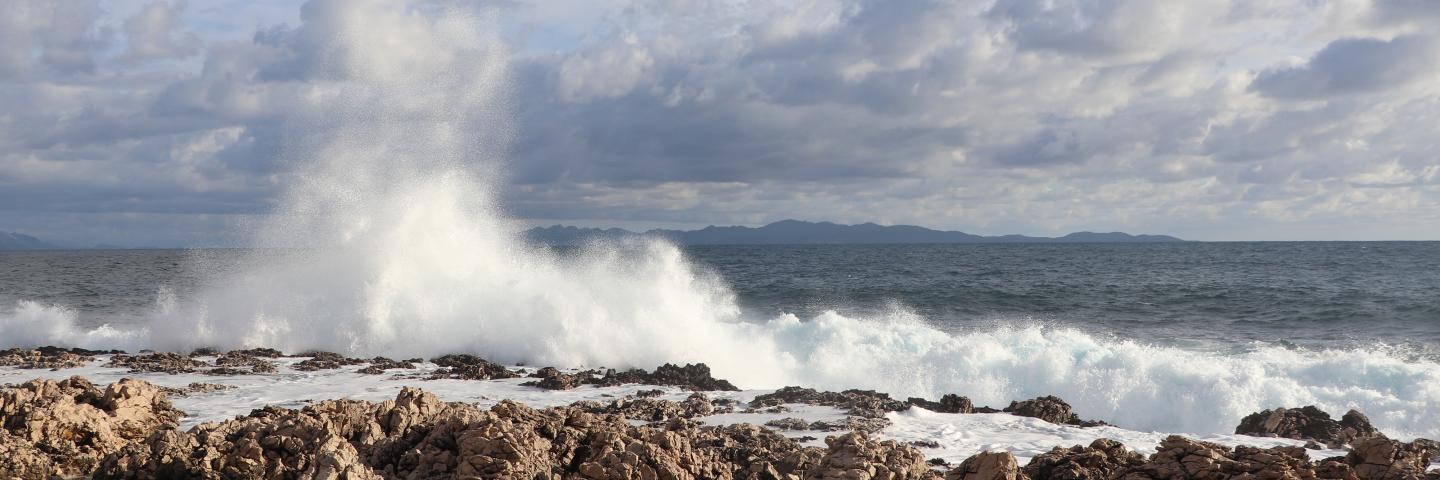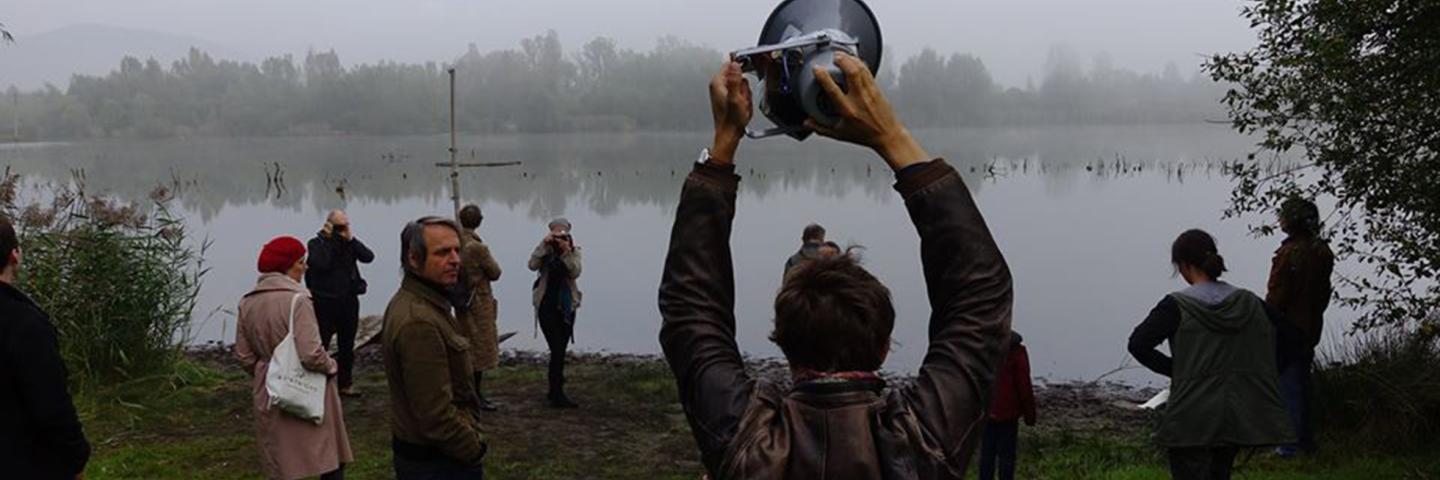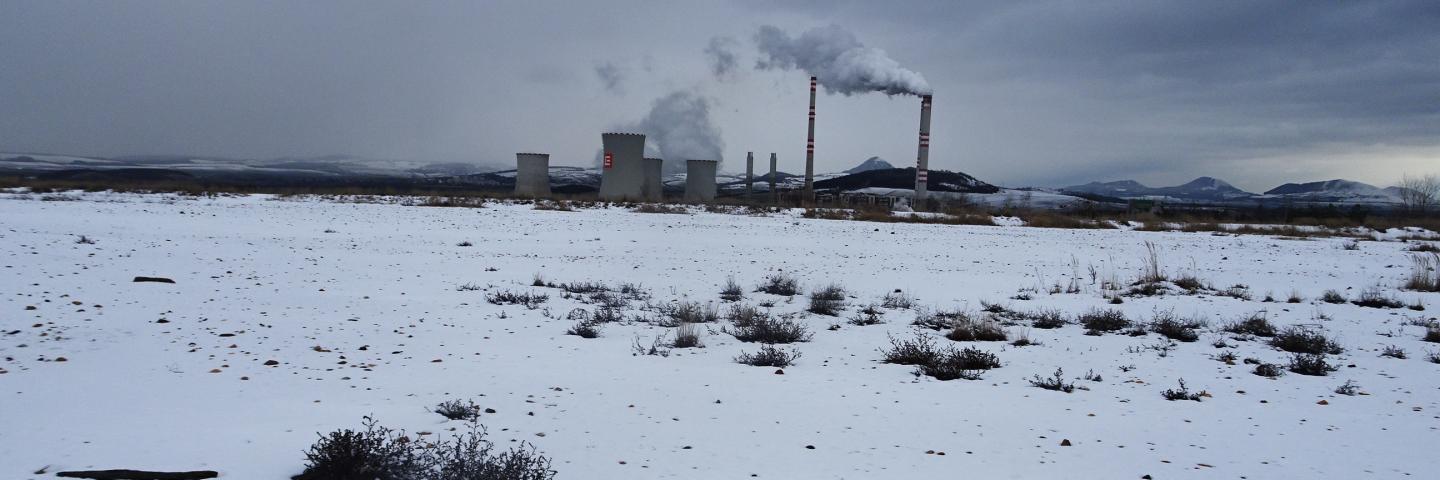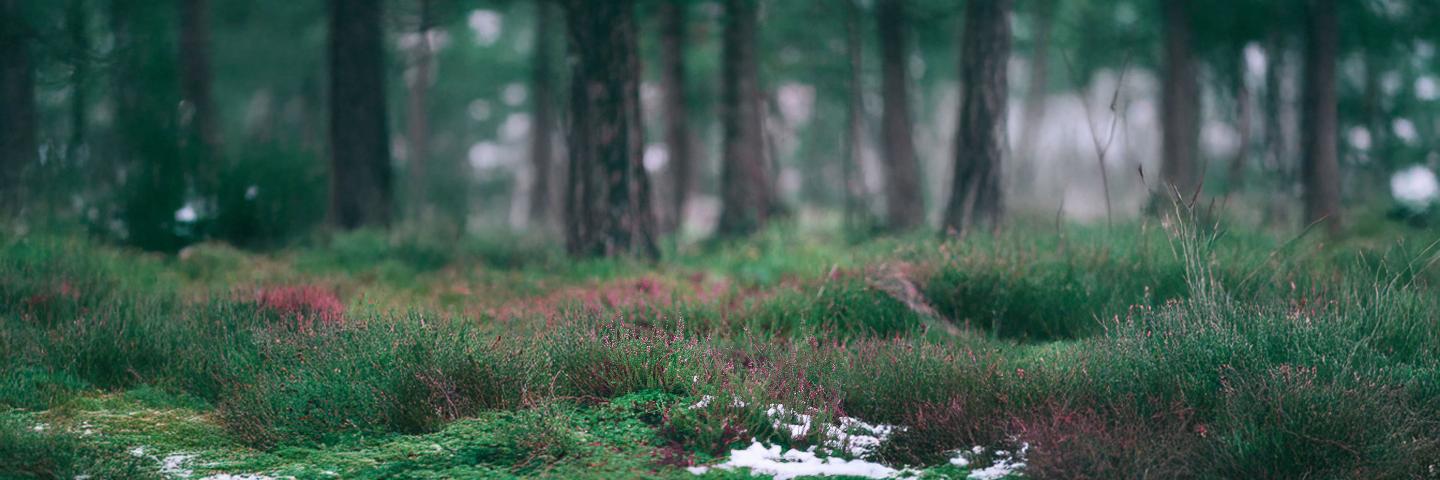Sonic journalism
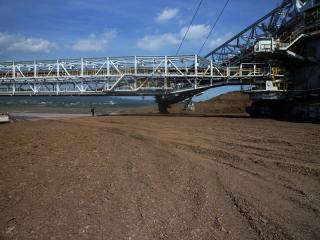
Sonic journalism is a term proposed by Peter Cusack for his project Sounds from dangerous places.org and is based on the premise that: "all sound, including non–speech, gives information about places and events and that listening provides valuable insights different from, but complimentary to, visual images and language. This does not exclude speech but redresses the balance towards the relevance of other sounds. In practice field recordings become the means to achieve this. Recordings can, of course, be used in many ways. In my view sonic journalism occurs when field recordings are allowed adequate space and time to be heard in their own right, when the focus is on their original factual and emotional content, and when they are valued for what they are rather than as source material for further work as is often the case in sound art or music. Sonic journalism can be specifically created or can refer to these qualities in recordings originally made for o her purposes, such as Starry Night".
"What do field recordings offer in this context? Most obviously they give basic information about places and events by virtue of the sounds, and their sources, we identify. Language and visual images also give such information. Indeed it is arguable they do so rather more explicitly than sound. The interpretation of sound certainly benefits from a knowledge of context in the same way that captions and titles enhance photographs. However field recordings convey far more than basic facts. Spectacular or not, they also transmit a powerful sense of spatiality, atmosphere and timing. This applies even when the technical quality is poor. These factors are key to our perception of place and movement and so add substantially to our understanding of events and issues. They give a compelling impression of what it might actually be like to be there. Sound is our prime sense of all–around spatiality and listening gives us a point of ear. It enables us judge how far we are from the events and to ask how we might feel and react in the circumstances. Certainly, with recordings and broadcasts we know we are not there, but even at this reduced level there is a subjective engagement and intuititive understanding that, in my view, are field recordings’ special strength. Such elements allow sonic journalism a significant impact qualitatively different from visual images or language."
from: Peter Cusack- Sounds from dangerous places.org
